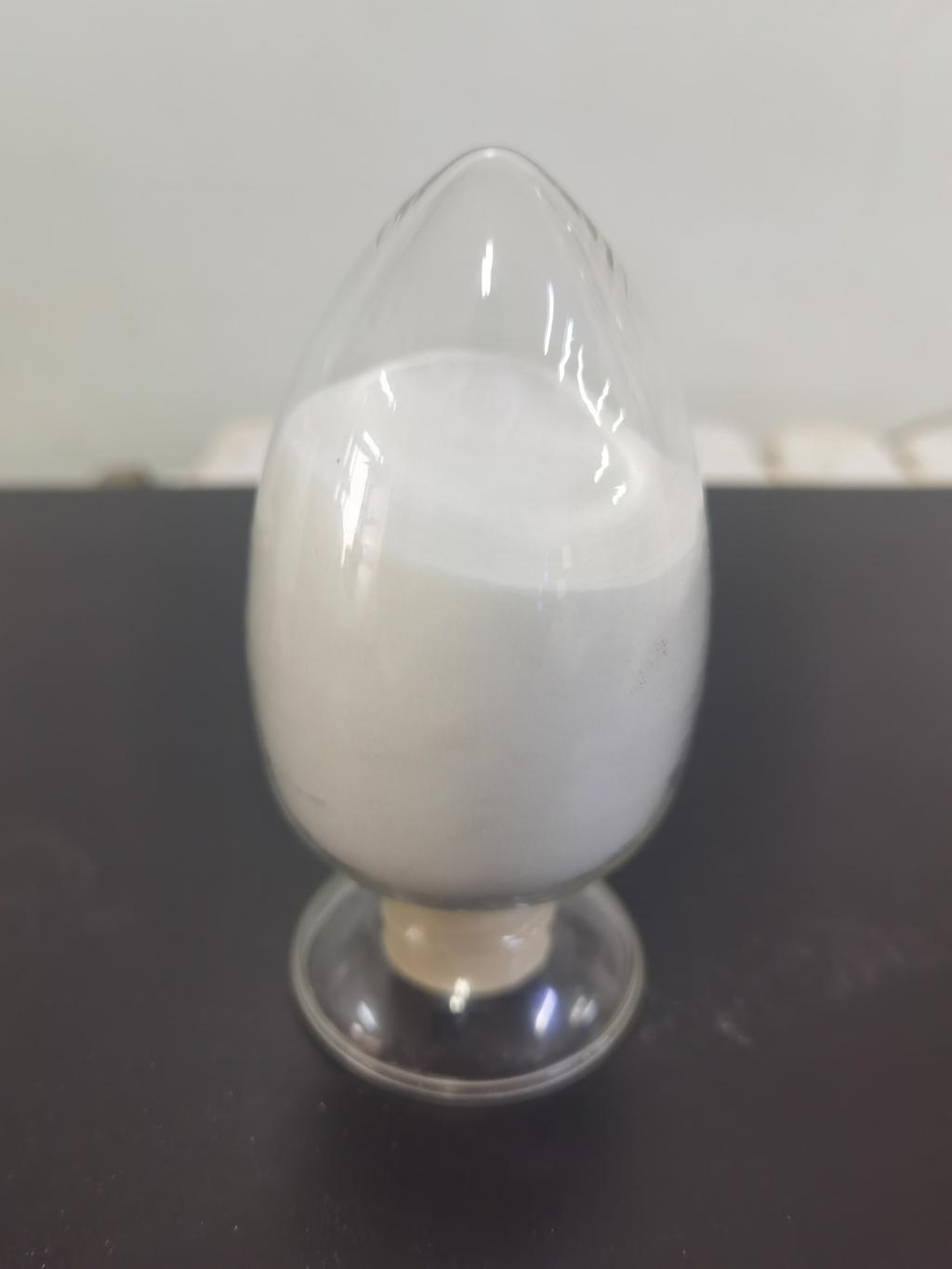Tel:+8618231198596

News
 CONTACT
CONTACT
 CONTACT
CONTACT
- Linkman:Linda Yao
- Tel: +8618231198596
- Email:linda.yao@dcpharma.cn
- Linkman:CHARLES.WANG
- Department:Overseas
- Tel: 0086 0311-85537378 0086 0311-85539701
News
What are the stability and considerations for products containing ε-Polylysine hydrochloride?
TIME:2023-07-12
Stability Factors:
a. pH: The pH of the food product can influence the stability of ε-Polylysine hydrochloride. It is generally stable in a wide pH range, with optimum stability observed in slightly acidic to neutral conditions.
b. Temperature: Elevated temperatures can accelerate the degradation of ε-Polylysine hydrochloride. It is important to store products containing ε-Polylysine hydrochloride under proper temperature conditions to maintain its stability.
c. Water Activity (Aw): Water activity refers to the availability of water for microbial growth. Low water activity levels enhance the stability of ε-Polylysine hydrochloride and contribute to the preservation of food products.
d. Packaging: The choice of packaging materials and design can impact the stability of ε-Polylysine hydrochloride. Packaging should provide adequate protection against moisture, light, and oxygen to maintain the stability and effectiveness of the preservative.
e. Interactions with Other Ingredients: Interactions between ε-Polylysine hydrochloride and other ingredients in the product formulation can affect its stability. Compatibility studies should be conducted to ensure that the preservative remains stable and does not interact negatively with other components.
Shelf Life Considerations:
Shelf life refers to the period during which a product maintains its quality, safety, and functionality under specified storage conditions. The shelf life of products containing ε-Polylysine hydrochloride is influenced by several factors:
a. Microbial Growth: The primary purpose of using ε-Polylysine hydrochloride as a preservative is to inhibit microbial growth. The effectiveness of the preservative against target microorganisms directly affects the shelf life of the product.
b. Oxidation: The oxidative stability of the product can impact its shelf life. The preservative and other ingredients should be protected from oxidative reactions, which may affect the sensory attributes and quality of the product.
c. Sensory Attributes: Changes in sensory attributes, such as color, texture, taste, and aroma, can impact the acceptability and shelf life of the product. The preservative should not contribute to undesirable sensory changes over time.
d. Packaging Integrity: The integrity of the packaging is crucial in preventing contamination and preserving the product's quality. Any breaches or defects in packaging can reduce the shelf life of the product.
e. Regulatory Requirements: Shelf life considerations should also align with regulatory requirements and guidelines specific to the product category and region. These requirements may vary and often involve conducting stability studies to determine the product's expected shelf life.
Shelf Life Determination:
The determination of shelf life involves conducting stability studies under controlled conditions to evaluate the product's quality attributes over time. The following factors should be considered:
a. Accelerated Stability Studies: These studies involve subjecting the product to elevated temperature and humidity conditions to simulate the effects of long-term storage in a short period. These studies help estimate the product's shelf life under normal storage conditions.
b. Real-Time Stability Studies: Real-time stability studies involve storing the product under recommended storage conditions and periodically assessing its quality attributes over an extended period. These studies provide more accurate data on the product's shelf life.
c. Quality Attributes Evaluation: The quality attributes evaluated during stability studies may include microbial load, sensory characteristics, pH, color, texture, nutritional content, and chemical composition. These evaluations help determine the changes occurring in the product over time.
d. Statistical Analysis: Statistical analysis is employed to assess the stability data and establish the product's shelf life with confidence intervals. This analysis considers factors such as the acceptable limits for quality attributes and the variability observed during the stability studies.
Labeling and Consumer Information:
Accurate and transparent labeling is essential for products containing ε-Polylysine hydrochloride. The product label should include the recommended storage conditions and the expiration date to inform consumers about the product's shelf life and ensure its safe consumption.
Conclusion:
Stability and shelf life considerations are critical for products containing ε-Polylysine hydrochloride. Factors such as pH, temperature, water activity, packaging, and interactions with other ingredients influence the stability of the preservative. Microbial growth inhibition, oxidation, sensory attributes, packaging integrity, and regulatory requirements determine the shelf life of the product. Determining shelf life involves conducting stability studies and evaluating quality attributes over time. Accurate labeling provides consumers with information about the recommended storage conditions and expiration date. By carefully considering stability factors and conducting comprehensive shelf life evaluations, manufacturers can ensure the effectiveness and quality of products containing ε-Polylysine hydrochloride, extending their shelf life and meeting consumer expectations for safe and high-quality food products.
- Tel:+8618231198596
- Whatsapp:18231198596
- Chat With Skype







